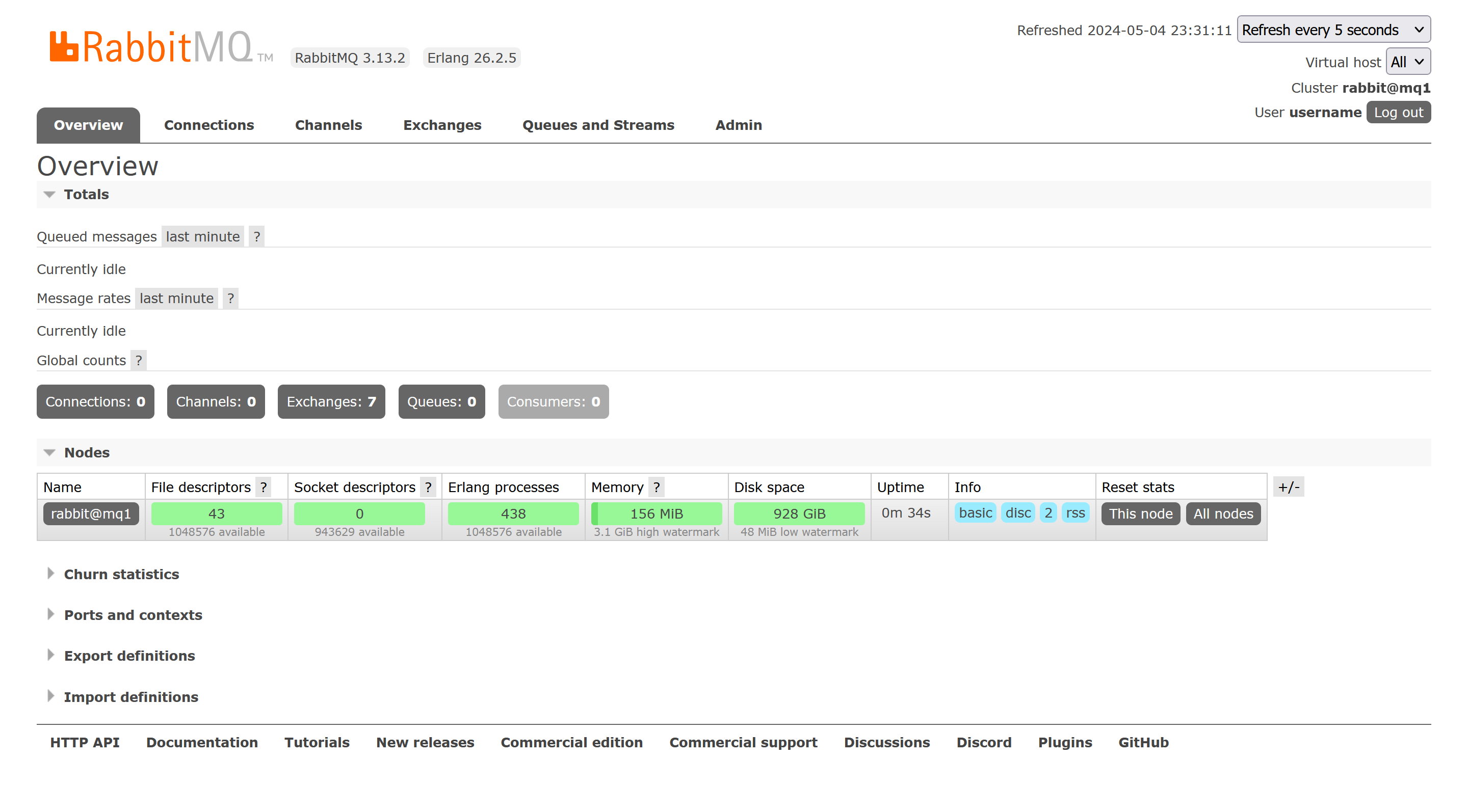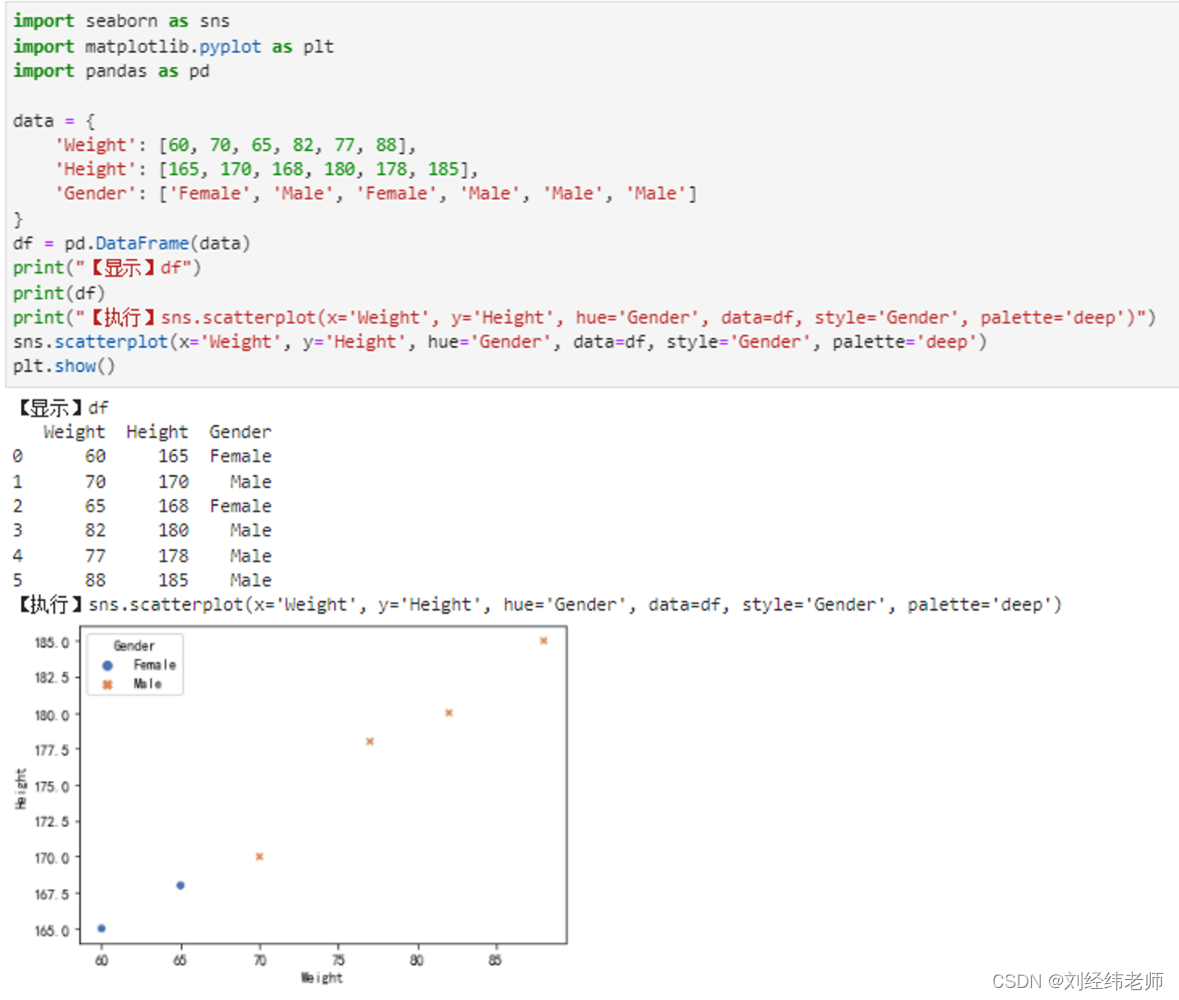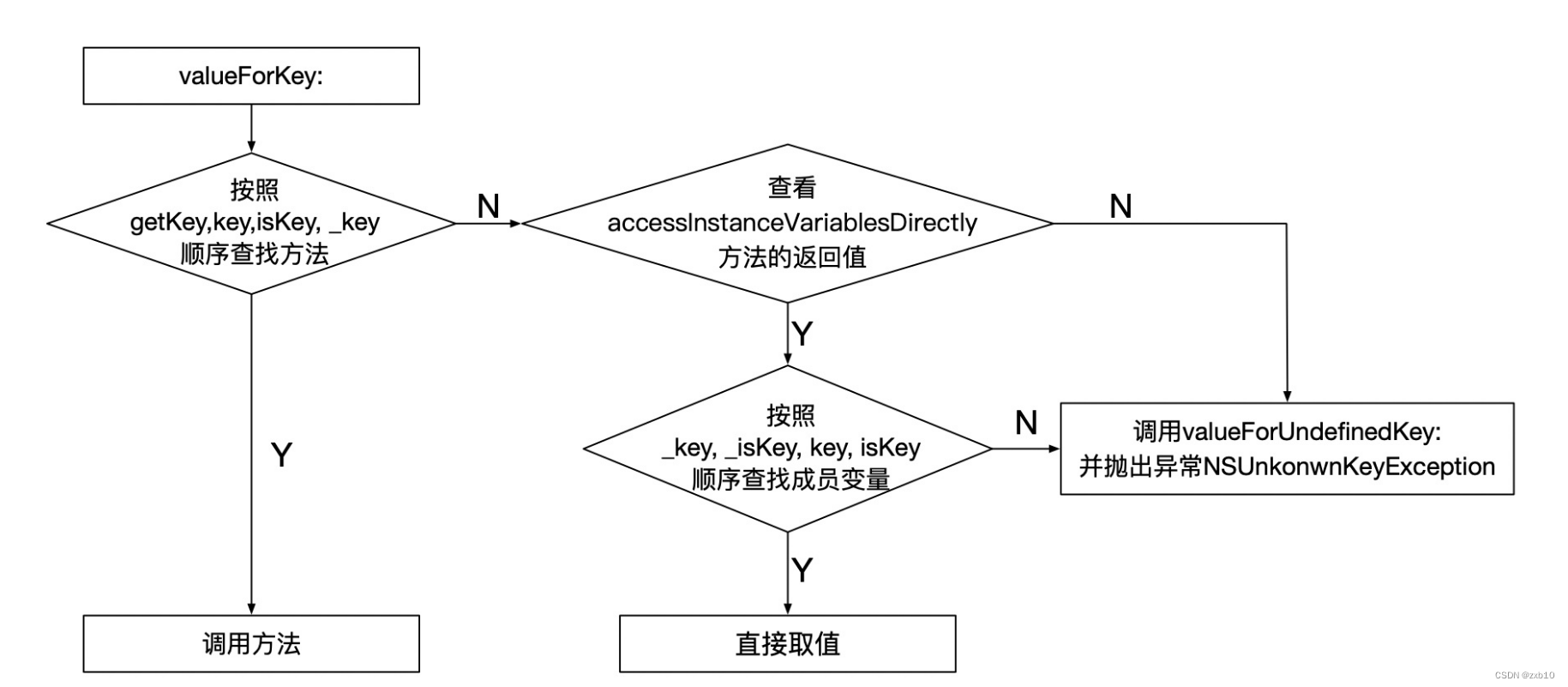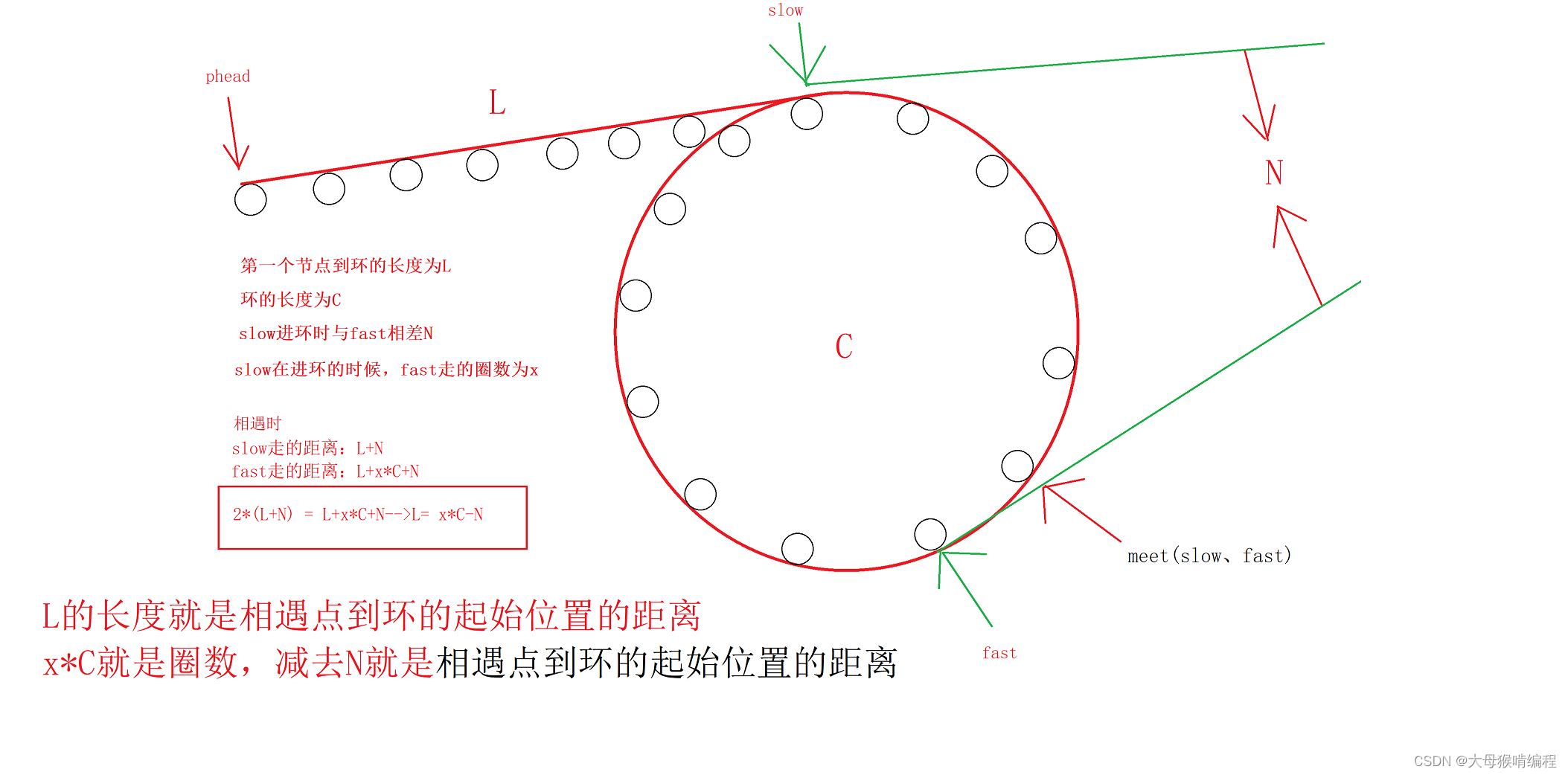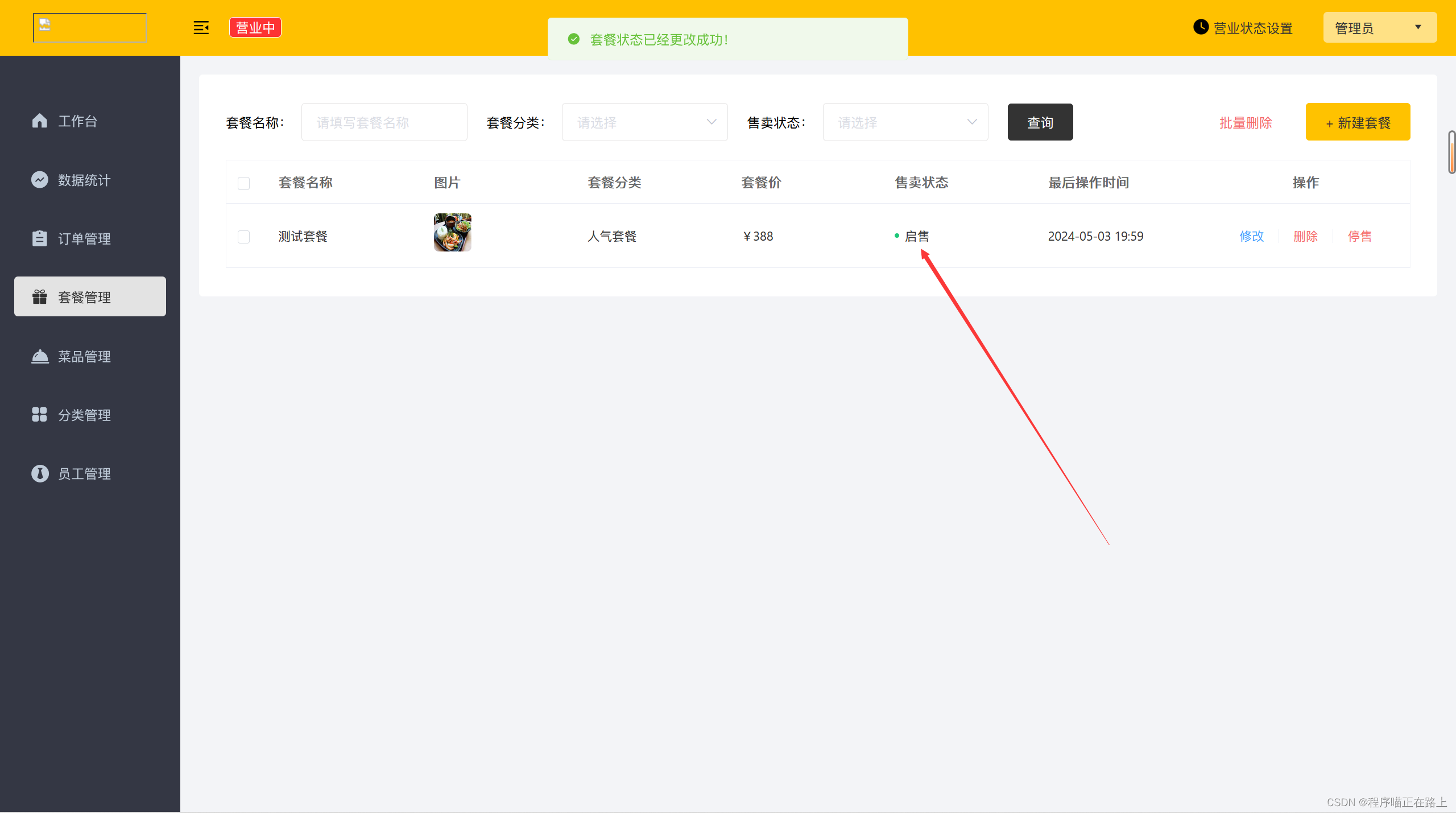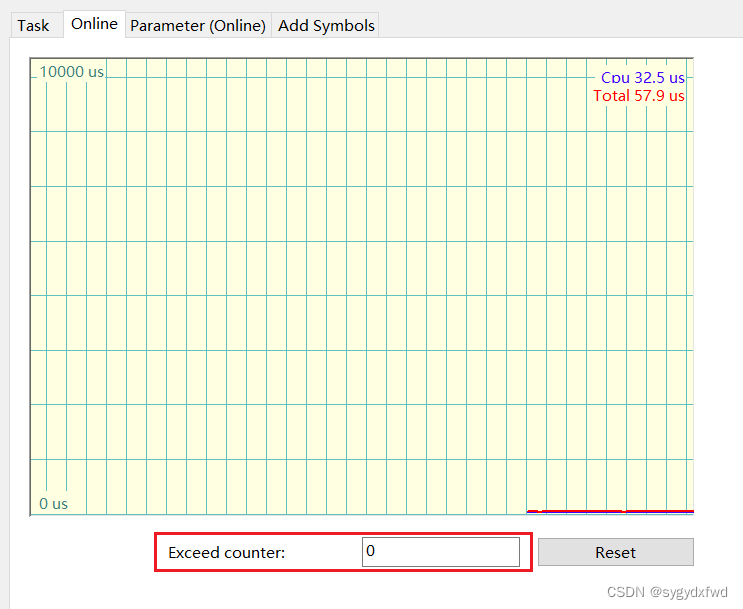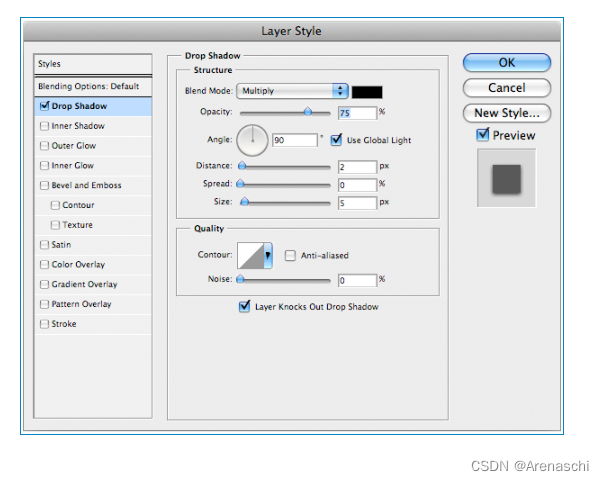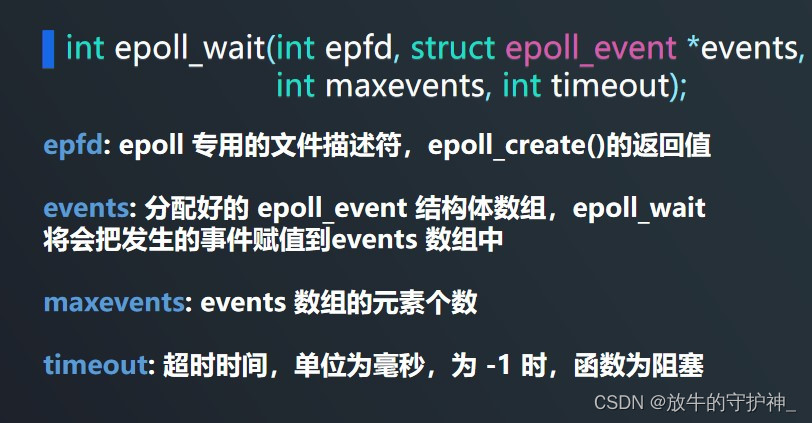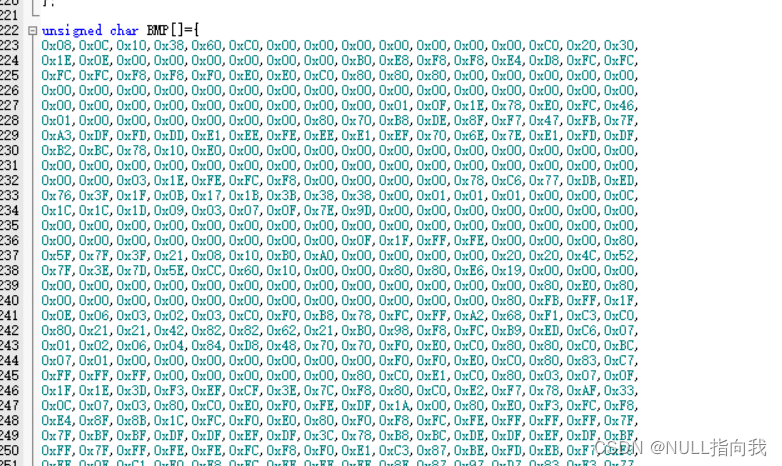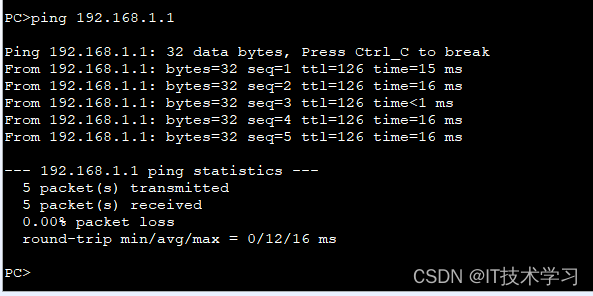手撕spring框架(5)
相关系列
手撕spring框架(1)
手撕spring框架(2)
手撕spring框架(3)
手撕spring框架(4)
这是本专题最后一节了,主要是讲述自定义一个注解,实现自定义值的引用,继承BeanPostProcessor接口,在对象创建的时候,注入到变量中。
注解DzendValue接口源码
package com.dzend.service;
import java.lang.annotation.ElementType;
import java.lang.annotation.Retention;
import java.lang.annotation.Target;
@Retention(
java.lang.annotation.RetentionPolicy.RUNTIME
)
@Target(ElementType.FIELD)
public @interface DzendValue {
String value() default "";
}
核心是定义一个默认值
定义DzendValueBeanPostProcessor类
package com.dzend.service;
import com.spring.BeanPostProcessor;
import com.spring.Component;
import java.lang.reflect.Field;
@Component
public class DzendValueBeanPostProcessor implements BeanPostProcessor {
@Override
public Object postProcessAfterInitialization(Object bean, String beanName) {
for (Field field : bean.getClass().getDeclaredFields()) {
if (field.isAnnotationPresent(DzendValue.class)) {
field.setAccessible(true);
try{
field.set(bean,field.getAnnotation(DzendValue.class).value());
} catch (IllegalAccessException e) {
e.printStackTrace();
}
}
}
return bean;
}
}
继承BeanPostProcessor接口,并实现在初始后给属性赋值。
使用

在上图标出来的代码是用来实现继承了BeanPostProcessor对象,在createBean的时候,创建完对象,来执行aop这块的业务逻辑,在初始化前和初始化后。
源码:
package com.spring;
import java.beans.Introspector;
import java.io.File;
import java.io.UnsupportedEncodingException;
import java.lang.reflect.Field;
import java.lang.reflect.InvocationTargetException;
import java.net.URL;
import java.net.URLDecoder;
import java.util.ArrayList;
import java.util.HashMap;
import java.util.List;
import java.util.Map;
public class DzendApplicationContext {
private Class<?> configClass;
private Map<String,BeanDefinition> beanDefinitionMap= new HashMap<>();
private Map<String, Object> singletonObjects=new HashMap<>();
private List<BeanPostProcessor> beanPostProcessorList = new ArrayList<>();
public DzendApplicationContext(Class configClass) {
this.configClass=configClass;
scan(configClass);
}
private void scan(Class configClass) {
if(configClass.isAnnotationPresent(ComponentScan.class)){
ComponentScan componentScan = (ComponentScan) configClass.getAnnotation(ComponentScan.class);
String path = componentScan.value();
path = path.replace(".","/");
ClassLoader classLoader = DzendApplicationContext.class.getClassLoader();
URL resource = classLoader.getResource(path);
try {
path = URLDecoder.decode(path, "UTF-8");
} catch (UnsupportedEncodingException e) {
throw new RuntimeException(e);
}
File file = null;
try {
file = new File( URLDecoder.decode(resource.getFile(), "UTF-8"));
} catch (UnsupportedEncodingException e) {
throw new RuntimeException(e);
}
if(file.isDirectory()){
for (File f : file.listFiles()) {
String absolutePath = f.getAbsolutePath();
absolutePath = absolutePath.substring(absolutePath.indexOf("com"),absolutePath.indexOf(".class"));
absolutePath=absolutePath.replace("\\",".");
try {
Class<?> clazz = classLoader.loadClass(absolutePath);
if (clazz.isAnnotationPresent(Component.class)) {
if (BeanPostProcessor.class.isAssignableFrom(clazz)) {
BeanPostProcessor instance = (BeanPostProcessor) clazz.getConstructor().newInstance();
beanPostProcessorList.add(instance);
}
Component componentAnnotaion = clazz.getAnnotation(Component.class);
String beanName= componentAnnotaion.value();
if("".equals(beanName)){
beanName = Introspector.decapitalize(clazz.getSimpleName());
}
BeanDefinition beanDefinition = new BeanDefinition();
beanDefinition.setType(clazz);
if (clazz.isAnnotationPresent(Scope.class)) {
Scope scopeAnnotation = clazz.getAnnotation(Scope.class);
String value = scopeAnnotation.value();
beanDefinition.setScope(value);
}else{
beanDefinition.setScope("singleton");
}
beanDefinitionMap.put(beanName,beanDefinition);
}
} catch (ClassNotFoundException e) {
e.printStackTrace();
} catch (InvocationTargetException e) {
throw new RuntimeException(e);
} catch (InstantiationException e) {
throw new RuntimeException(e);
} catch (IllegalAccessException e) {
throw new RuntimeException(e);
} catch (NoSuchMethodException e) {
throw new RuntimeException(e);
}
}
}
}
}
public Object getBean(String beanName){
if(!beanDefinitionMap.containsKey(beanName)){
throw new NullPointerException();
}
BeanDefinition beanDefinition = beanDefinitionMap.get(beanName);
if(beanDefinition.getScope().equals("singleton")){
Object singletonObject = singletonObjects.get(beanName);
if(singletonObject == null){
singletonObject = createBean(beanName,beanDefinition);
singletonObjects.put(beanName,singletonObject);
}
return singletonObject;
}else{
//原型
Object prototypeBean = createBean(beanName, beanDefinition);
return prototypeBean;
}
}
private Object createBean(String beanName, BeanDefinition beanDefinition) {
Class clazz = beanDefinition.getType();
Object instance = null;
try {
instance = clazz.getConstructor().newInstance();
for (Field field : clazz.getDeclaredFields()) {
if(field.isAnnotationPresent(Autowired.class)){
field.setAccessible(true);
field.set(instance,getBean(field.getName()));
}
}
if(instance instanceof BeanNameAware){
((BeanNameAware) instance).setBeanName(beanName);
}
for (BeanPostProcessor beanPostProcessor : beanPostProcessorList) {
instance = beanPostProcessor.postProcessBeforeInitialization(instance,beanName);
}
if(instance instanceof InitializingBean){
((InitializingBean) instance).afterPropertiesSet();
}
for (BeanPostProcessor beanPostProcessor : beanPostProcessorList) {
instance = beanPostProcessor.postProcessAfterInitialization(instance,beanName);
}
} catch (InstantiationException e) {
throw new RuntimeException(e);
} catch (IllegalAccessException e) {
throw new RuntimeException(e);
} catch (InvocationTargetException e) {
throw new RuntimeException(e);
} catch (NoSuchMethodException e) {
throw new RuntimeException(e);
}
return instance;
}
}
以上是最终的代码,本专题基本上讲完了一个简单的spirng框架的实现,是从0开始构建的,希望帮帮助大家对spring有一定的认识,当然,这是只是个简化版本。



